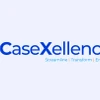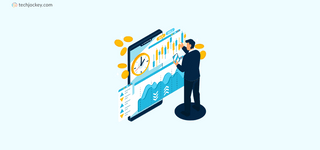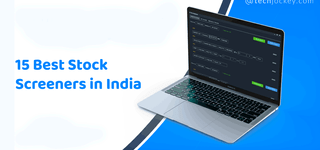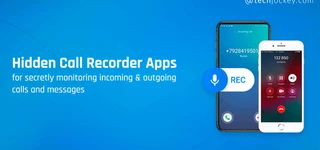How Litigation Management Software Can Streamline Your Legal Process?
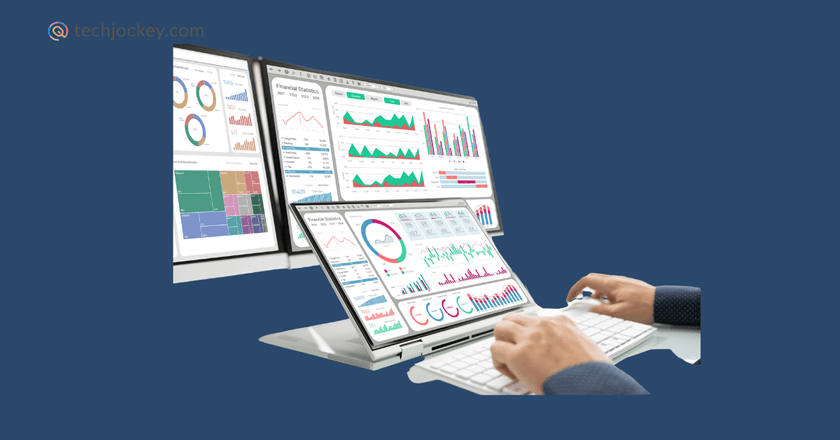
Are you spending countless hours with your documents, deadline tracking, or team communication during a litigation case? To keep up with a litigation’s manual processes and sprawl of paperwork, one must manage several functions simultaneously, which increases workload complexity and stress.
Even within well-established law firms, professionals are forced to manually deal with exploding volumes of case files, document preparation, correspondence, and documentation under severe deadlines. Added pressure like this can create further strain within already high-stakes environments, causing costly errors and inefficiencies.
As providers need to serve clients speedily and efficiently, there is no other option but to integrate modern tech solutions. In a world where everything is accelerated, effective default automated litigation processes are vital in helping organize and streamline workflows.
In this blog, we will discuss the workings of automation software for litigation management and how it can precisely streamline the process using legal case management software.
What Is Litigation Management Software?
Litigation Management Software is a tool that is used by law firms and departments to manage their legal cases efficiently. It is a platform where teams can keep their important and confidential documents in one place. Moreover, it allows tracking case status, managing calendars, and assigning tasks when required.
Litigation Management Software is not like other generic tools, as it focuses on the unique needs of law departments and firms. It helps to reduce manual work by automating a legal process, which leads to a quick resolution to the problem and better accuracy.

Legistify
Starting Price
Price on Request
What are the Advantages of Litigation Management Software?
Litigation Software is a modern software to handle all your worries from a legal perspective. It helps in streamlining daily operations and empowers legal professionals to work efficiently. Here are some tangible benefits of Litigation Management Software:
- Improved Efficiency: It helps in improving efficiency by automating routine tasks and reducing time spent on manual work.
- Centralized Data Access: It keeps all case-related information organized in one place, so that you can easily search it on time.
- Enhanced Collaboration: This software gives real-time updates and shared dashboards to keep everyone on the same page.
- Deadline Management: It also offers deadline management that automates reminders and helps prevent missed court dates or filing deadlines.
- Better Client Service: With automated tasks, the team will get more time to respond faster, and more accurate reporting builds client trust.
- Compliance Support: For legal teams, compliance is the utmost crucial thing. Litigation Management Software helps ensure legal and regulatory compliance through audit trails and secure storage.
- Scalability: This software is flexible and scalable that growing with your firm or legal department without disrupting workflow.
What are Some Challenges in Traditional Litigation Management?

Comparing modern Litigation Management with the traditional one will clearly show the difference. Managing documents and other legal tasks without a digital tool is surely frustrating. The traditional management lets you face many challenges due to this.
Let’s cover some challenges that an outdated system can create.
- Scattered Data: Traditional systems do not provide a centralized place to store legal information. Due to this, you have to keep your documents and data on multiple platforms leads to confusion and duplication.
- Manual Processes: There was no automation, and it required you to work manually. It is tedious, and doing document tracking and deadline monitoring eats up hours.
- Limited Accountability: With an outdated system, it is difficult to assign and monitor responsibilities within teams.
- Slow Collaboration: Email-based coordination can delay all important decision-making processes and affect your business’s profitability.
- Higher Risk of Errors: Manual work increases the chances of mistakes in case files or timelines.
Key Features You Must Look for in Litigation Management Software
Choosing the right Litigation Management Software is highly essential to keep all your legal operations on track. Thus, make sure to look for the following features before investing in any software.
- Case Tracking Dashboard: Make sure to look for software that offers tracking. It allows you to monitor the status of each case, assign tasks, and set priority levels for better workflow management.
- Document Management System: Having a document management system is also important. It uploads, stores, and retrieves files securely in one place, eliminating the need to sift through paper or scattered digital folders.
- Calendar & Deadline Management: Ensure that your software automatically schedules court dates, hearings, and internal deadlines with reminders. It guarantees nothing falls through the cracks.
- Time & Billing Integration: With the right software, you can track billable hours, generate invoices, and monitor expenses without switching between tools.
- Role-Based Access Control: Security is essential in legal software. It ensures sensitive information is only visible to authorized personnel, improving security and confidentiality.
- Automated Task Management: The Right software helps in assigning, updating, and following up on tasks without relying on endless emails or spreadsheets.
- Reporting & Analytics: Get visual insights into case performance, team workload, and billing trends to make informed decisions.
- Client Communication Tools: Maintain records of client interactions and streamline communication through built-in messaging or client portals.

Komlit
Starting Price
Price on Request
How Does Litigation Software Streamline Legal Processes?
Efficient litigation management goes beyond organizing paperwork. It involves the fine-tuning of time, personnel, and important information control. When integrated into the workflow, litigation management software alleviates these burdens by automating processes, providing structural order, and enabling real-time access.
In what ways does automation enable efficiency in legal practice? Let’s strap in some real-world scenarios that enable a faster, more accurate, and less stressful execution of legal operations.
- Avoiding Missed Deadlines: A mid-size law firm utilizes integrated calendar systems to manage and sync all case dates. Automated notifications help legal personnel avoid missing court sessions or filing deadlines, minimizing the chances of facing legal, financial, or reputational damages.
- Streamlining Document Access During Discovery: During the discovery phase, attorneys have the capability to instantly conduct searches and retrieve relevant files on the cloud-based system. This saves countless hours usually spent retrieving paper files, digging through disorganised digital folders, or conducting searches on non-optimised systems.
- Improving Collaboration on Complex Cases: Cross-departmental in-house legal teams assign tasks within the platform. Compliance and HR personnel onboard support documentation, tracking progress, which keeps all stakeholders informed.
- Faster Client Updates and Response Times: To keep clients up to date with progress, a litigation team employs the software’s communication features. This improves client experience by minimising phone and email interactions while enhancing transparency.
- Automating Routine Tasks: Task assignments, entering billing information, and status updates are routine activities that have been automated. It allows attorneys to focus on developing legal strategies without the burden of administrative tasks.

Legalspace
Starting Price
₹ 1899.00 excl. GST
Top Types of Litigation Management Software for Legal Teams
- Case Management Software: Such software acts as the spine of law firms and legal departments, providing a centralised system to handle the entire litigation process. It monitors the information of a case, including parties that were engaged, important dates, court actions, and other files.
- Document Management Systems (DMS): An office DMS is fundamental in the setting up of the enormous volumes of paperwork that litigation produces. It also enables legal teams to store, categorise, and retrieve documents without any difficulty.
- E-Discovery & Review Tools: E-discovery software is the one that simplifies electronic evidence identification, collection, and analysis concerning litigation. Machine learning tools can comb through small datasets to highlight an appropriate one to be reviewed in a limited time.
- Legal Calendar & Docketing Tools: The tools also eliminate the risk of failing to meet a deadline through automating the monitoring of court dates, statute of limitations, and all other important deadlines. They are in sync with court rules; they automatically calculate the due dates and alert the Attorneys.
- Billing & Time Tracking Software: This software is tailored to law firms, and it helps keep a record of billable hours and costs, and the budgets associated with client accounts. It creates artificial bills, caters to trust balancing, and can have AI to warn of inefficiencies.
- Compliance & Risk Management Tools: These solutions assist legal teams in complying with regulatory requirements, reducing litigation risks. It has policy tracking, audit logs, and risk assessment templates.
Techjockey’s Verdict
Litigation management software changes the way legal teams manage their cases and makes the process quicker, organised, and error-free. Automation of routine jobs broadly and centralisation of information helps to cut stress and increase outcomes.
Regardless of the nature of a law firm or in-house department, the implementation of the most appropriate tool may facilitate their workflow and increase efficiency. It is high time you got rid of the manual process and modernised your process.
It not only saves time but also strengthens client relationships through better communication and reliability. Embracing this technology means you’re investing in long-term success and agility.
Jyoti Sharma is a skilled content writer with five years of experience in logistics, travel, IT, and education industry. Known for transforming complex concepts into clear, engaging content. She has been writing since 2019 and excels in making complex topics accessible and interesting. Whether it's for tech updates,... Read more






